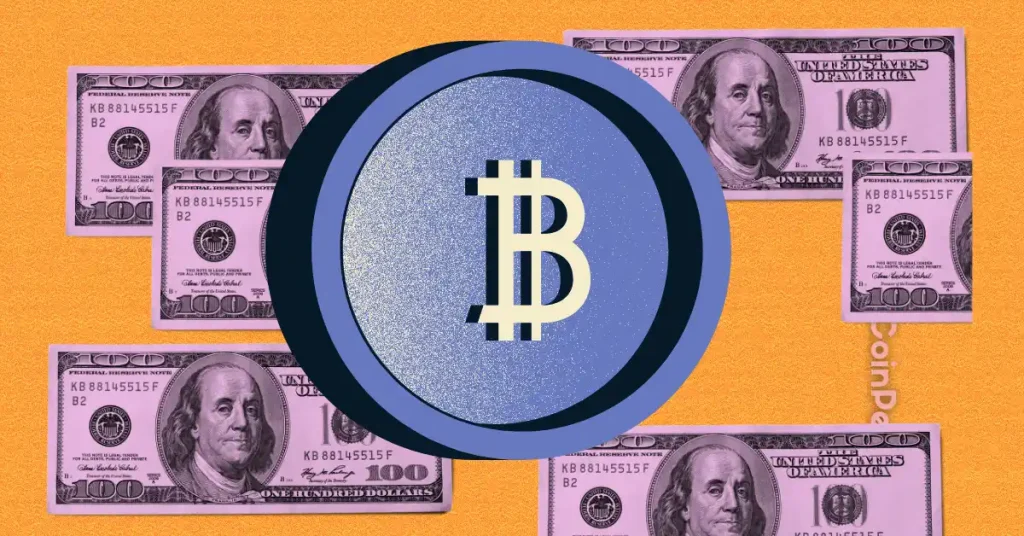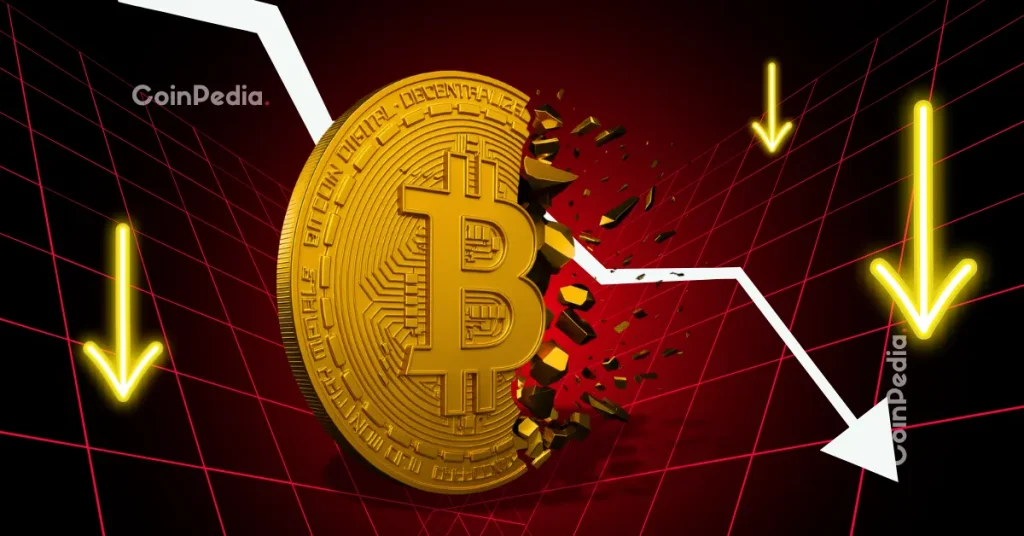Blockchain technology was once seen as a safe haven for anonymous financial activity. Many early crypto users believed decentralization meant invisibility. Today, the landscape is very different. Governments across the world have developed advanced methods to monitor, trace, and analyze blockchain transactions in real time.
This shift has reshaped how traders operate, how exchanges comply with regulations, and how tax authorities enforce reporting rules. From anti-money laundering laws to tracking illicit transactions, governments now rely on blockchain analytics to follow digital money as easily as traditional bank transfers.
Understanding how this tracking works is essential for every crypto investor. It helps users stay compliant, avoid unnecessary risks, and recognize how transparency in blockchain affects modern trading.
Why Blockchain Is Easy for Governments to Monitor
Many traders assume that because blockchain addresses appear as random strings, their activity is hidden. The opposite is true. Blockchains like Bitcoin, Ethereum, and Solana are public databases. Every transaction is recorded permanently and can be viewed by anyone.
Governments take advantage of this transparency. Instead of relying on private bank records, they can analyze wallets, map transaction patterns, and connect activity across networks.
Once a wallet is linked to an identity through an exchange, tax filing, or on-chain behaviour, authorities can trace its entire past and future activity. This level of visibility makes blockchain far more transparent than traditional finance.
How Governments Use Blockchain Analytics Tools
To track crypto activity, governments partner with advanced analytics companies. These platforms scan billions of transactions and identify patterns using artificial intelligence and forensic tracing models.
Tools like Chainalysis, Elliptic, TRM Labs, and CipherTrace allow authorities to detect suspicious flows, trace stolen funds, and follow assets across multiple blockchains.
These tools label wallets associated with exchanges, mixers, darknet markets, and high-risk activity. When a suspicious wallet interacts with a regulated service, authorities receive alerts.
Governments also rely on analytics dashboards to identify clusters of related wallets. For example, even if one person uses ten different addresses, their behaviour can reveal connections through transaction timing, amounts, and routing patterns.
This makes it much harder to hide crypto activity than most beginners assume.
The Role of Exchanges in Government Tracking
Regulated exchanges serve as the most significant access points for tracking. When users complete KYC verification, their identity becomes linked to their wallets.
Governments use this link to trace activity back to real individuals. If a wallet interacts with a KYC exchange, authorities can request account information through legal channels.
Exchanges also report suspicious activity and large transfers to financial regulators. These reports contain wallet addresses, transfer amounts, and account information.
As crypto adoption grows, more governments require exchanges to submit regular compliance data. This trend creates a tighter link between trading activity and regulatory visibility.
How Governments Follow Cross-Chain Activity
Traders often move assets across blockchains to hide activity. However, analytics tools now track these transitions using bridge records and wrapped assets.
For example, if a trader moves funds from Ethereum to BNB ($912.91) Chain and then swaps them into stablecoins, analytics systems can still track the path.
Modern analytics platforms map cross-chain behaviour, enabling tracking of assets across networks even when high-privacy strategies are used.
This ability allows tax agencies and law enforcement to follow money across multiple protocols and decentralized apps.
Why Tax Authorities Focus on Blockchain Data
Tax agencies use blockchain data to find undeclared gains, trading profits, and staking rewards.
Governments in the U.S., U.K., Canada, Australia, and parts of Europe have sent notices to traders identified through blockchain scans. These letters demand explanations for missing crypto income.
Authorities know that traders often assume they cannot be tracked. But by comparing exchange records with on-chain data, agencies can detect discrepancies instantly.
Some governments also use blockchain tracking to identify people who receive regular income from DeFi, NFT ($0.00) sales, or token swaps but do not report them.
As more countries adopt digital tax tools, blockchain based income becomes easier to verify.
Monitoring Stablecoins and Large Transfers
Stablecoins like USDT ($1.00), USDC ($1.00), and FDUSD ($1.00) are closely monitored because they function like digital cash. Authorities use blockchain tools to flag large inflows and outflows that resemble patterns of money laundering.
Transfers between centralized exchanges receive special attention. These movements reveal trading behaviours that governments consider essential for taxation and compliance.
This level of focus helps regulators detect illicit financial flows and ensures stablecoins remain aligned with financial laws.
Tracking Crypto Crime and Illicit Activity
Governments initially focused on blockchain tracking for crime prevention. Now, they use these tools to monitor everything from hacking incidents to terrorist financing risks.
When hackers steal funds from exchanges or bridges, governments trace the stolen assets through mixers, swaps, and cross-chain bridges. While some privacy tools complicate tracing, analytics firms have developed models to identify suspicious behaviour even in partially obscured transactions.
This capability has helped recover millions in stolen funds and identify criminal networks using crypto.
How Governments Analyze Social and Behavioural Signals
Tracking is no longer limited to on-chain activity. Governments combine blockchain data with off-chain signals such as exchange accounts, IP ($3.20) addresses, device identifiers, and social behaviour.
For example, if a trader logs into multiple wallets from the same device, this creates digital fingerprints that analytics systems can detect.
This approach gives regulators a holistic view of crypto behaviour, merging blockchain transparency with standard cybersecurity methods.
How Traders Can Stay Compliant
The growing ability of governments to track blockchain activity means traders should focus on transparency and responsible trading.
Understanding the tax rules in your country is essential. Proper record keeping helps avoid issues later. Using regulated exchanges and avoiding high-risk tools such as mixers can also reduce exposure to compliance complications.
Crypto is no longer a hidden space. Regulation is evolving alongside blockchain innovation. The best strategy for traders today is to stay informed and operate within legal frameworks.
Conclusion
Governments have transformed their approach to crypto. Instead of fighting blockchain technology, they now use it as a powerful transparency tool.
From analytics platforms to exchange partnerships, regulators have all the tools needed to trace trading activity across networks. The goal is not just control but creating a safer financial environment with clearer rules and better protections.
For traders, understanding how tracking works is an advantage. It builds awareness, encourages responsible trading, and helps avoid unnecessary risks.
Blockchain technology was built on openness, and today, that transparency plays a significant role in shaping the future of compliant crypto markets.
FAQs
1. Can governments see every crypto transaction?
They can view all public blockchain transactions, and analytics tools help them trace activity linked to real identities.
2. Do crypto exchanges report user transactions to authorities?
Most regulated exchanges share data, including suspicious activity reports and large transfers.
3. Can blockchain mixers hide my transactions?
Mixers complicate tracing but are not foolproof. Many are monitored, and governments flag wallets that use them.
4. How do governments link wallets to real people?
Through KYC records, exchange information, device data, and behavioural analysis.
5. Will blockchain tracking become stricter in the future?
Yes. As adoption grows, more governments are establishing real-time monitoring systems and cross-border data sharing.
The post How Governments Track Crypto Trading Activity Using Blockchain Data appeared first on FXcrypto News.



















 24h Most Popular
24h Most Popular






 Utilities
Utilities